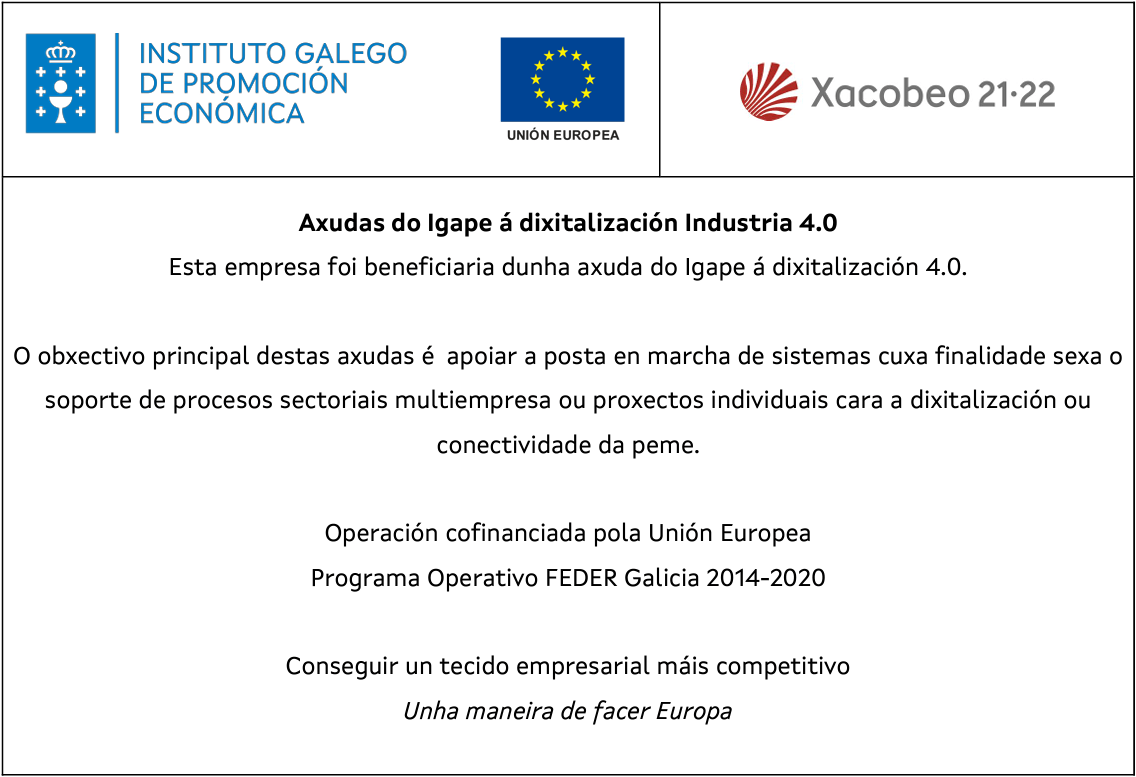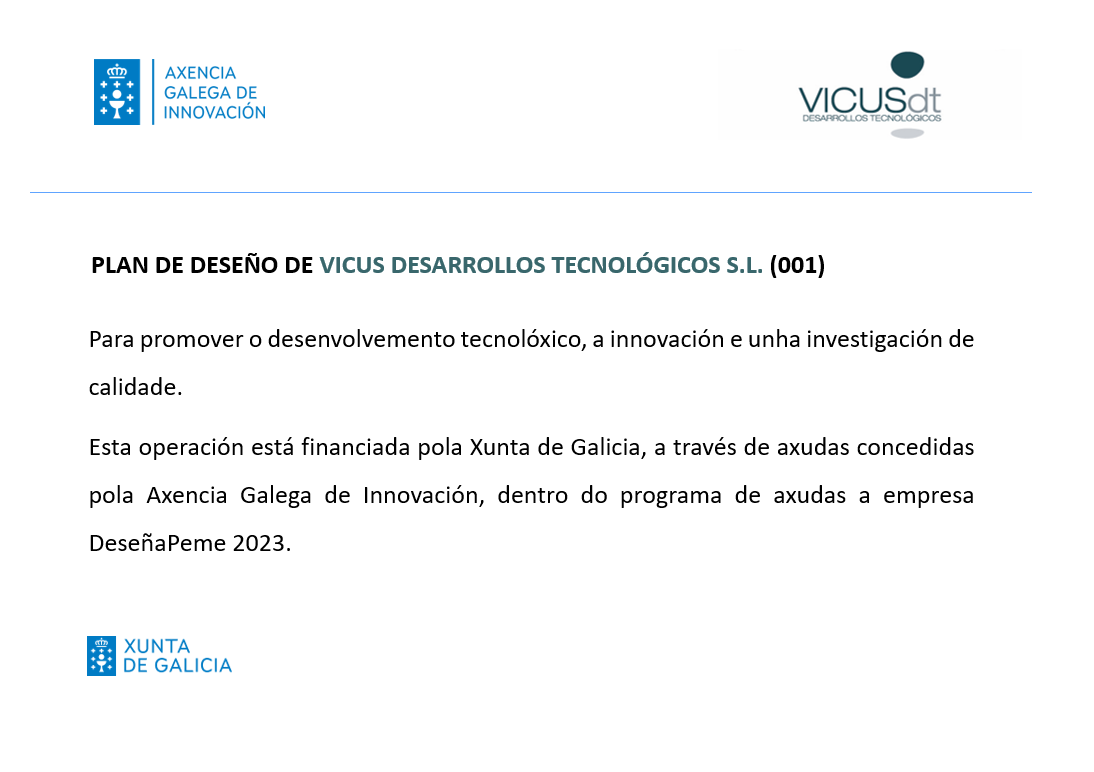CUSTOMER: ENGRANOR
RELATED SERVICES: DESIGN, CFD SIMULATION INDUSTRY
SCOPE OF WORK:
- Technical data collection: Pump geometry
- Collection of design requirements
- CFD analysis of the base rotor geometry provided by the client and its operation at the facility
- Design of new rotor, depending on the requirements imposed by the customer, in order to improve overall performance.
- Analysis of results
RESULTS:
The base rotor was not able to provide the required flow at the desired height without exceeding the threshold of electric motor power.
With the aim of increasing the flow rate to the desired value, initially a numerical code based on the theory of lift was used to determine the influence of certain parameters, such as: the profile, number of blades and pitch. Parameters, such as: diameter and engine rpm could not be analysed because they were fixed by customer requirements.
Once the parameters lead to operational point close to sought one, a viscous RANSE code was used to correct the values of the lift theory code. The rotor was optimized by comparison, so the used methodology can be described as the searching of higher pumping height and lower power keeping the same flow rate. This leads to a shift the main characteristic curve of the pump upwards in vertical direction. This causes that for the same pumping height, the pump flow is greater
Numerical improvements were corroborated by the results of the field trials. The improved performance of the new rotor respect to base one was 22%, 5% higher than the expected from the numerical results. Furthermore, the height was increased a 6%, while flow rate increased more than 17%. In contrast, the power increased a little less than 2%.
Another aspect of the performance of new rotor is the absence of vibration and noise in the range of operation of the facility.











